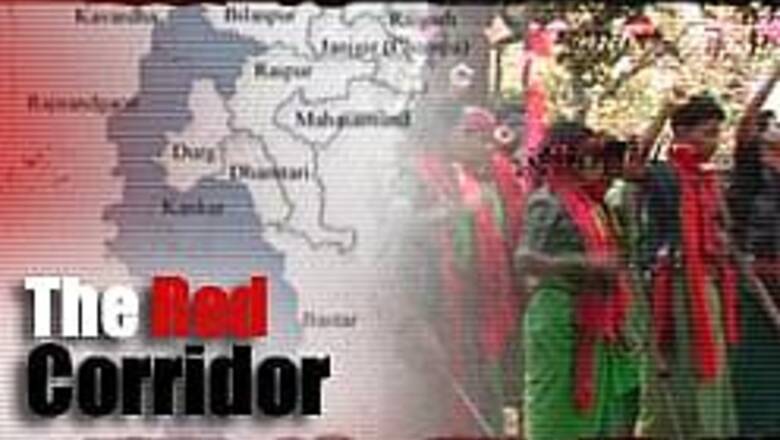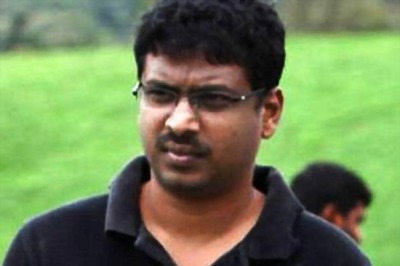
views
Bastar (Chhattisgarh): The Red Corridor of the Maoists begins in Nepal and runs through Bihar, Jharkhand, West Bengal, Orissa, Chhattisgarh, and Maharashtra right up to Andhra Pradesh and Karnataka.
But it is in southern Chhattisgarh where the Maoists have set up their first liberated zone - the Dandakaranya Liberated Zone.
This zone is administered by the Janatana Sarkar, a parallel government set up by the Maoists.
When the CNN-IBN Special Investigation Team went for a spot-check, it took them four days to reach a Maoist camp in the deep forests of Dandakaranya. The team traveled by train, bus and motor cycle and finally a long stretch on foot.
Walking is a way of life for all Maoists. And if one wants to know more about them, one has to walk with them. The first thing that a Dalam, or a squad of 10 armed guerillas, does at the crack of dawn, is walk.
This is standard strategy of the Maoist guerillas - not to camp at a place for more than 12 hours. Inside the forests of Dandakaranya in southern Chhattisgarh, the Maoists are setting up what they describe as their first liberated zone.
Here, one notices the familiarity between the villagers and the Maoist insurgents. They regularly exchange the 'Lal Salaam'- an unmistakable sign of solidarity, making it difficult for the security forces to collect intelligence about the movement of Maoist guerillas.
According Sannu, president of the local Revolutionary People’s Committee, every village has a suraksha (security) committee to prevent the security forces from gathering intelligence.
"The (security) committee is to protect villages, people and squads against informers, CIDs and police," he says.
So much so that a Maoist squad is dependent on the villagers for cooking utensils. The squad only carries essential food supplies.
It is this familiarity with the tribal villagers that has enabled the Maoists to work freely among the tribal villages in the Dandakaranya forest.
People queuing up up to meet Maoist leaders is a familiar sight in the villages in Dandakaranya.
Claims Ganesh Uyike, Division Secretary of Dandakaranya Special Zone: "We are setting up Revolutionary People's Committees for the villages, ranging between 500 to 3,000 population. People outside commit crimes and go to courts."
"But here, the justice is immediate. It doesn’t allow exploitation of one by another. It works against violence against women. Janatana Sarkar aims for peace and self-reliance," he adds. This is quiet a revolution going on deep inside the forests.
Interestingly, the Maoists also have women and teenagers in their ranks. In fact, half of the cadres are women. And almost all members of the squad are local tribals.
(With Vanaja in Bastar)


















Comments
0 comment